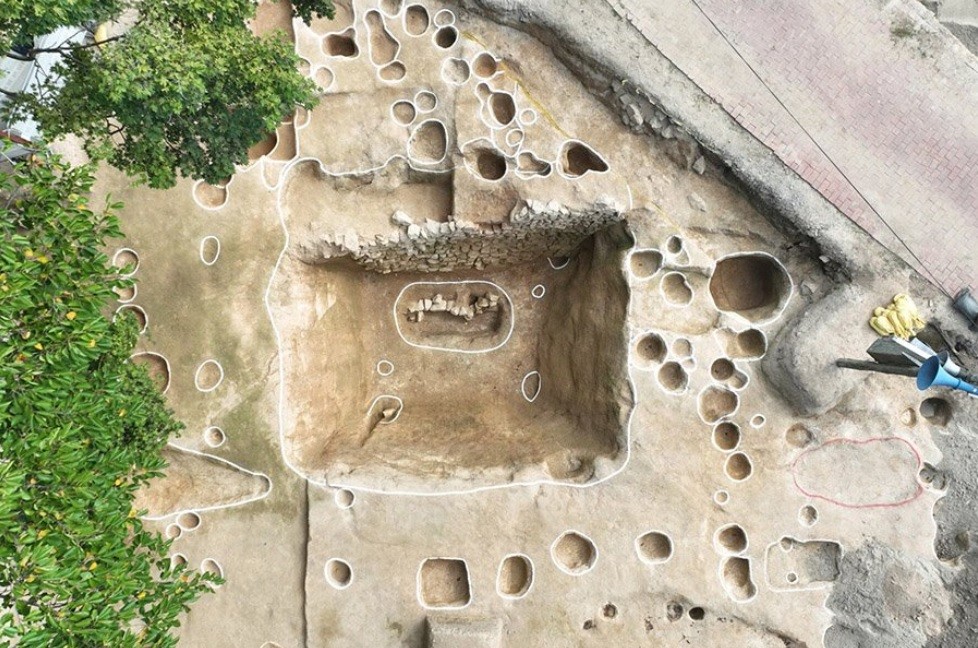The World’s Oldest Ice-Storage Chamber Has Been Found, Carved Into a Baekje Fortress
Archaeologists in South Korea have uncovered what may be the oldest surviving structure built specifically to store ice. The rock-cut chamber sits inside the ancient Busosanseong Fortress, a UNESCO World Heritage site. Dated to the Baekje kingdom in the early medieval era (roughly the 6th century CE), the find offers a striking glimpse into the engineering prowess and cultural sophistication of its people.

In This Article:
A Rock-Cut Ice Chamber: Size, Shape, and Function
The chamber measures about 7 by 8 meters and sits about 2.5 meters deep, carved directly into the rock. It is U-shaped and features a circular drain at the center to channel meltwater away. This design shows careful planning for long‑term ice storage and the maintenance of consistently low temperatures.

A Ritual Offering Found With the Building
Researchers uncovered a ceramic vessel containing five ancient Chinese coins buried as an offering to earth spirits. The ritual reveals the religious beliefs surrounding major construction and the belief that such rites would protect the project and ensure a favorable outcome.

Implications: Advanced Baekje Infrastructure Before Its Time
This discovery confirms that Baekje developed sophisticated infrastructure long before similar ice-storage practices appeared in neighboring regions. Previously, ice-storage technology was thought to have emerged much later; the find challenges that timeline and points to high levels of engineering and organizational skill among Baekje builders.

Rethinking Medieval History: A Glimpse Into a Technological Culture
By revealing a practical solution for preserving ice, the excavation broadens our understanding of early medieval Baekje culture. It shows how religion, engineering, and urban planning intersected in a thriving kingdom, and invites new comparisons with other regions and later periods. The site’s UNESCO status underscores the ongoing importance of such discoveries for global history.

